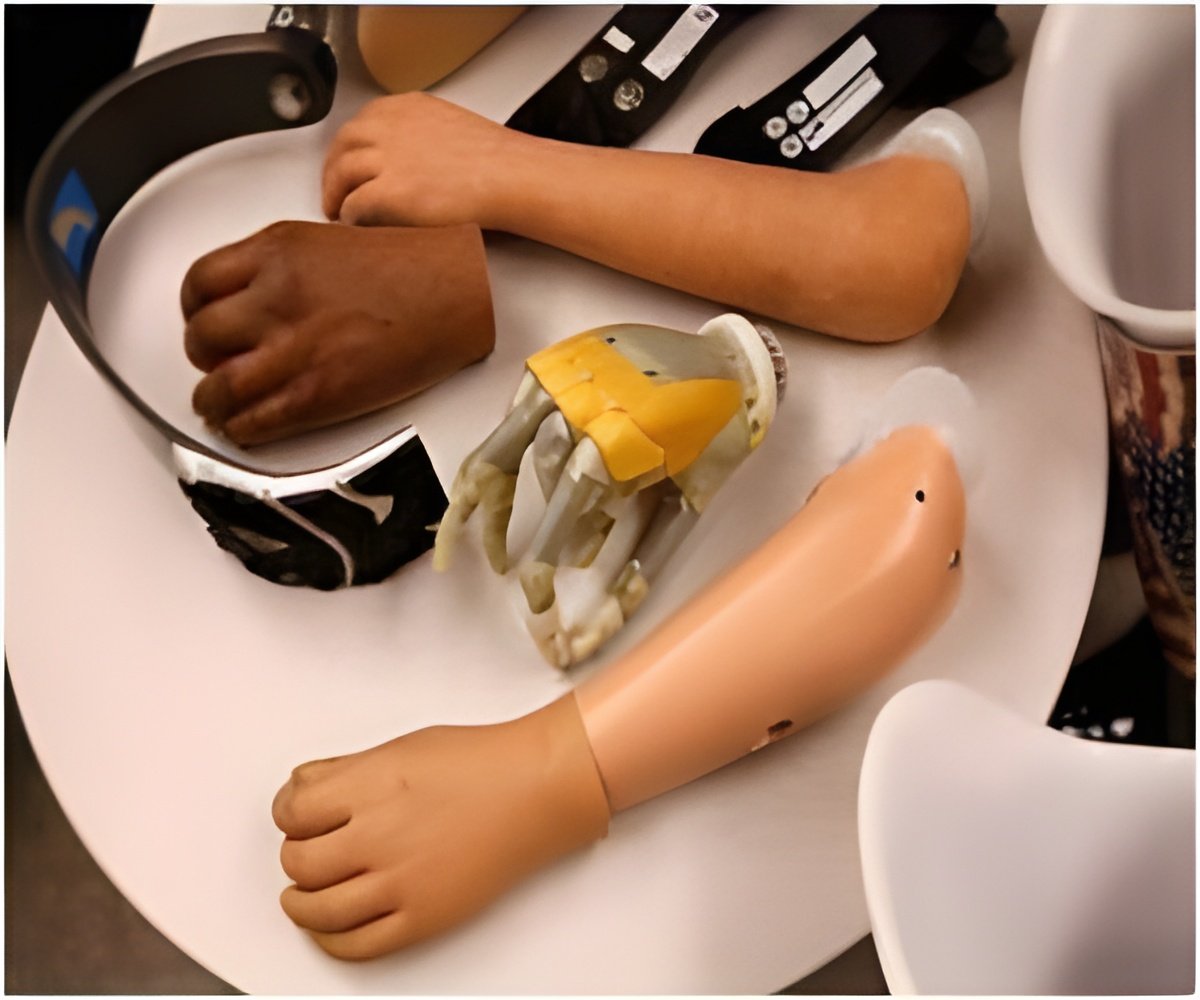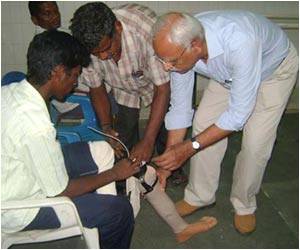
‘The device interprets thoughts and brain signals then bypasses the injured spinal cord and connects directly to a sleeve that stimulates the muscles that controls the arm and hand.’
Tweet it Now
That pioneering participant Ian Burkhart is a 24-year-old quadriplegic from Dublin, Ohio, and the first person to use this technology. This electronic neural bypass for spinal cord injuries reconnects the brain directly to muscles, allowing voluntary and functional control of a paralysed limb by using his thoughts.
The device interprets thoughts and brain signals then bypasses his injured spinal cord and connects directly to a sleeve that stimulates the muscles that control his arm and hand.
"We're showing for the first time that a quadriplegic patient is able to improve his level of motor function and hand movements," said Dr Ali Rezai, neurosurgeon at Ohio State's Wexner Medical Center.
Burkhart first demonstrated the neural bypass technology in June 2014, when he was able to open and close his hand simply by thinking about it.
Advertisement
"It's amazing to see what he's accomplished," said Nick Annetta, electrical engineering lead for Battelle's team.
Advertisement
The neural bypass technology combines algorithms that learn and decode the user's brain activity and a high-definition muscle stimulation sleeve that translates neural impulses from the brain and transmits new signals to the paralysed limb.
To develop the algorithms, software and stimulation sleeve, Battelle scientists first recorded neural impulses from an electrode array implanted in a paralysed person's brain.
They used that recorded data to illustrate the device's effect on the patient and prove the concept.
During a three-hour surgery in April 2014, Rezai implanted a computer chip smaller than a pea onto the motor cortex of Burkhart's brain.
According to the team, this technology holds the promise to help patients affected by various brain and spinal cord injuries such as strokes and traumatic brain injury to be more independent and functional.
"We're hoping that this technology will evolve into a wireless system connecting brain signals and thoughts to the outside world to improve the function and quality of life for those with disabilities," Rezai said in a paper appeared in the journal Nature.
One of our major goals is to make this readily available to be used by patients at home, he added.
Burkhart is the first of a potential five participants in a clinical study. Mysiw and Rezai have identified a second patient who is scheduled to start the study in the summer.
Source-IANS








